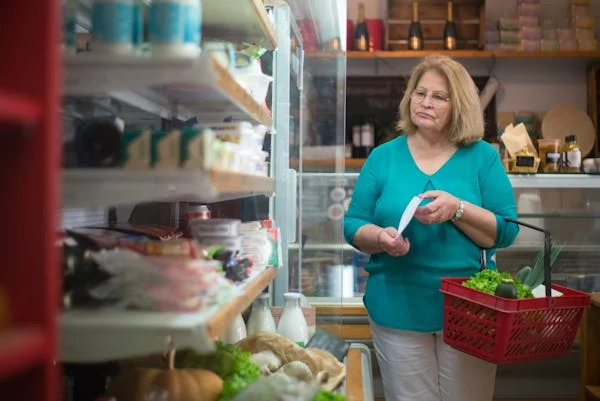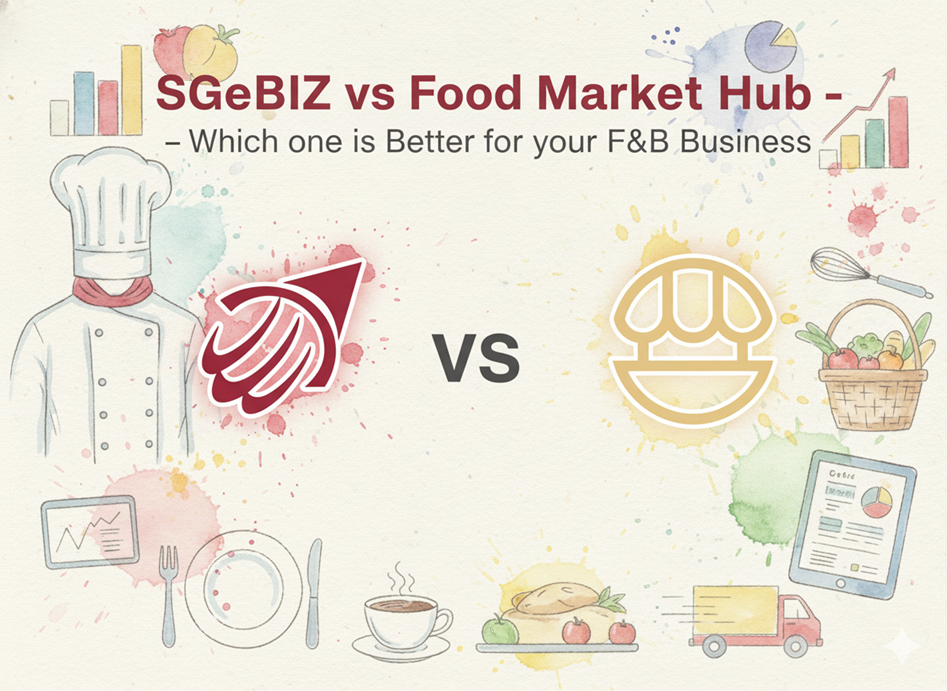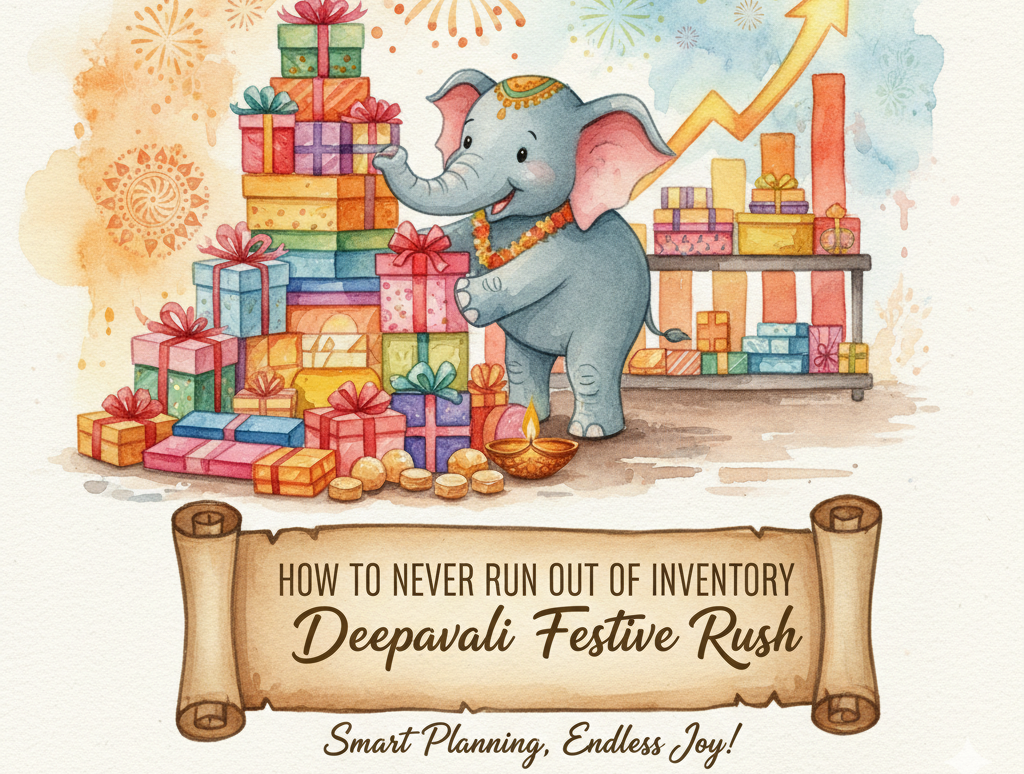Stages of Procurement and How the Restaurant Procurement System Helps in Each Stage

Procuring ingredients for your business involves multiple steps, and each one takes time and effort. If you don’t manage these stages well, you could face delays, waste, or even shortages. But with the right procurement management software, you can make the whole process smoother, faster, and more cost-effective.
Let’s break down the stages of procurement and see how this software helps at every step.

Understanding the Stages of Procurement
Procurement isn’t just about buying ingredients. It’s a detailed process with several key steps. Missing any of them can lead to problems like overstocking, higher costs, or unhappy customers. Here’s how the process usually works and how technology can simplify it.
1. Identifying What You Need
Before you order anything, you must know exactly what ingredients you require. This means checking your inventory, seeing what’s running low, and predicting what you’ll need based on your menu and customer demand.
Doing this manually takes hours. You might forget items or order too much. Procurement software tracks your stock in real time and can even predict what you’ll need based on past sales. This way, you avoid last-minute rushes and reduce waste.
According to a study by the Food and Agriculture Organization, restaurants waste about 15% of their food due to poor inventory management. Software helps cut this down by giving you accurate data.
2. Researching and Selecting Suppliers
Finding reliable suppliers is crucial. You need vendors who offer good quality, fair prices, and on-time deliveries. Comparing different suppliers manually can be overwhelming.
Procurement software stores supplier details, past orders, and pricing history. Some systems even rate suppliers based on performance. This helps you choose the best one without spending hours on research.
3. Sending Purchase Requests and Getting Approvals
In many businesses, managers or chefs must approve orders before they’re placed. Without a system, this can mean phone calls, emails, or paper forms, delaying the process.
With procurement software, you can send digital purchase requests that get approved instantly. No more waiting or chasing people for signatures. The software keeps records, so you always know who approved what.
4. Placing Orders Efficiently
Once approved, orders must be sent to suppliers. Doing this manually—calling, emailing, or filling out forms—takes time and can lead to mistakes.
Procurement software automates order placement. You can send orders directly to suppliers with a few clicks. Some systems even integrate with supplier portals, so orders go through instantly. This reduces errors and saves hours of work.
5. Receiving and Checking Deliveries
When deliveries arrive, you must check if everything matches the order. Missing or wrong items can disrupt your kitchen.
Procurement software lets you track deliveries in real time. You can see what’s coming, when it arrives, and match it against your order. Some systems even allow barcode scanning to confirm quantities quickly. This prevents shortages or overstocking.
6. Managing Invoices and Payments
Paying suppliers on time keeps relationships strong. But handling invoices manually leads to delays or duplicate payments.
Procurement software automatically matches invoices with orders and approvals. It flags any mismatches so you can fix them before paying. Some systems even schedule payments, so you never miss a due date.

7. Keeping Track of Inventory
After stocking ingredients, you must monitor usage to avoid waste or shortages. Manual tracking is error-prone and time-consuming.
Procurement software updates inventory levels in real time. It alerts you when stock is low and even suggests reorder points. This way, you always have what you need without over-ordering.
How Procurement Management Software Makes Each Step Easier
Saves Time on Manual Tasks
Handling procurement manually means writing lists, making phone calls, and tracking approvals on paper or spreadsheets. This takes hours and often leads to mistakes. Procurement management software automates these tasks. It creates purchase orders, sends them to suppliers, and tracks approvals digitally. You no longer need to chase people for signatures or worry about lost paperwork. This efficiency gives you more time to focus on improving your menu and customer experience.
Reduces Food Waste
You might order too much without accurate tracking or forget what’s already in stock. This leads to spoilage and wasted money. Procurement software keeps an eye on inventory levels and predicts what you’ll need based on past sales. It alerts you when stock is running low and helps you order the right quantities. According to a report by the National Restaurant Association, better inventory management can reduce food waste by up to 20%. This not only saves money but also supports sustainable practices.
Lowers Costs
Comparing prices from different suppliers manually is time-consuming and often inconsistent. Procurement software stores supplier data and pricing history, making it easy to compare costs. It also prevents over-ordering by suggesting optimal purchase quantities. Over time, these small savings add up. A study by McKinsey found that businesses using procurement automation reduced their supply costs by 5-10%. This means more money stays in your pocket without sacrificing quality.
Improves Supplier Relationships
Late orders or delayed payments can strain relationships with suppliers. Procurement software ensures orders go out on time and payments are processed without delays. Some systems even track supplier performance, so you know who delivers on time and who doesn’t. When suppliers see that you’re organized and reliable, they’re more likely to offer you better deals and prioritize your orders. Strong relationships mean fewer disruptions and better service.
Provides Real-Time Data
Guessing stock levels or waiting for weekly inventory checks can lead to shortages or excess stock. Procurement software updates inventory in real time, so you always know what’s available. It also tracks incoming deliveries, so there are no surprises. With instant access to data, you can make quick decisions without second-guessing. This transparency keeps your kitchen running smoothly and prevents last-minute emergencies.
Procurement management software turns a complicated, time-consuming process into something simple and efficient. It helps you save time, cut waste, reduce costs, build better supplier relationships, and stay informed with real-time updates. The result is a smoother operation and more focus on what matters—your food and your customers.
How to Choose the Right Procurement Software for Your Business
Understand Your Specific Needs
Every business has different requirements when it comes to procurement. Start by assessing your current process—do you struggle with inventory tracking, supplier management, or order approvals? Make a list of pain points you want the software to solve. For example, if you frequently run out of key ingredients, look for a system with strong inventory forecasting. If late deliveries are an issue, prioritize software with supplier performance tracking. Knowing exactly what you need helps narrow down your options.
Check for Essential Features
Not all procurement software offers the same capabilities. The most useful systems include inventory management, automated purchase orders, supplier price comparison, and real-time reporting. Some advanced features to consider are barcode scanning for deliveries, mobile access for on-the-go approvals, and integration with accounting software. Think about which features will save you the most time and money in the long run.
Consider Ease of Use
The best software won’t help if your team finds it too complicated to use. Look for an intuitive interface with clear navigation. Many providers offer free demos or trial periods—take advantage of these to test how easy it is to place orders, track inventory, and generate reports. If your staff can learn the system quickly, you’ll see benefits much faster.
Ensure Compatibility with Existing Systems
Your procurement software should work smoothly with tools you already use, like your POS system, accounting software, or inventory management apps. Check whether the software integrates directly or requires manual data transfers. Seamless integration reduces errors and saves time by eliminating duplicate data entry.
Evaluate Supplier Management Capabilities
A good procurement system helps you manage relationships with suppliers effectively. Look for features like supplier performance ratings, contract management, and communication logs. Some software even allows you to send and compare quotes from multiple vendors within the platform. These tools help you negotiate better deals and ensure reliable deliveries.
Compare Pricing and Scalability
Cost is always a factor, but the cheapest option isn’t always the best. Compare pricing models—some software charges a monthly subscription, while others have per-user fees. Consider future growth too—will the software handle increased order volumes or additional locations without a steep price hike? Choose a solution that fits your budget now but can grow with your business.

Look for Reliable Customer Support
Even the best software can have hiccups. Check what kind of support the provider offers—do they have live chat, phone support, or only email? How quickly do they respond to issues? Read reviews or ask for references to gauge their reliability. Good support ensures you won’t be left struggling if something goes wrong.
Prioritize Data Security
Since procurement software handles sensitive financial and supplier data, security is crucial. Look for features like role-based access (so only authorized staff can approve orders), encrypted transactions, and regular data backups. A secure system protects your business from fraud and data breaches.
Test Before Committing
Many providers offer free trials or money-back guarantees. Use this period to test how well the software works in real-world scenarios. Involve your team in the trial to get their feedback—after all, they’ll be using it daily. Testing helps you avoid costly mistakes and ensures the software truly meets your needs.
Choosing the right procurement software requires careful thought, but the time invested pays off in long-term efficiency and savings. Focus on your specific needs, essential features, ease of use, and scalability to find the best fit for your business.
Frequently Asked Questions
1.What are the 7 stages of procurement?
The seven stages are:
- Identifying what you need
- Researching and selecting suppliers
- Sending purchase requests and getting approvals
- Placing orders
- Receiving and checking deliveries
- Managing invoices and payments
- Keeping track of inventory
2.How does procurement software help in restaurant procurement?
It automates ordering, tracks inventory, manages supplier details, and reduces errors. This saves time, cuts costs, and prevents waste.
3.Can procurement software work with my existing suppliers?
Yes. Most systems let you add your current suppliers and even compare them for better deals.
4.Will this software help me save money?
Absolutely. By reducing waste, avoiding over-ordering, and finding the best supplier prices, you cut unnecessary expenses.
5.Is procurement software difficult to use?
No. Modern systems are user-friendly and designed for businesses of all sizes. Many offer training and support to help you get started.
Managing ingredient procurement manually is stressful and inefficient. Procurement management software simplifies every step—from ordering to payment—so you can focus on what matters most: serving great food.
If you’re still handling procurement the old way, it’s time to make a change. The right software saves time, reduces waste, and keeps your kitchen running smoothly. Why not give it a try?










